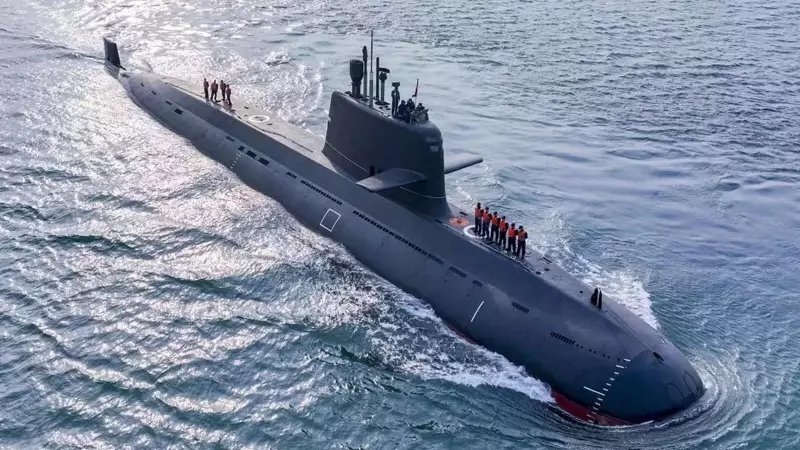
The strategic waters of South Asia are witnessing a significant power shift as Pakistan moves closer to operationalizing its fleet of eight advanced Chinese-built submarines. This substantial naval enhancement could potentially alter the maritime balance between the two nuclear-armed neighbors.
The Hangor-Class Advantage
Pakistan's new submarine fleet, comprising Hangor-class vessels, represents a quantum leap in naval capabilities. These submarines are equipped with air-independent propulsion (AIP) systems, allowing them to remain submerged for extended periods without surfacing. This technological edge makes detection considerably more challenging for opposing forces.
The first of these submarines recently commenced sea trials, marking a critical milestone in Pakistan's naval modernization program. The complete delivery of all eight vessels is expected to significantly bolster Pakistan's underwater warfare capabilities.
India's Countermeasures and Regional Implications
India, recognizing the growing submarine threat, has been actively enhancing its anti-submarine warfare capabilities. The Indian Navy has deployed:
- Advanced P-8I Poseidon maritime patrol aircraft
- State-of-the-art drones for maritime surveillance
- Warships equipped with sophisticated sonar systems
Despite these measures, defense analysts suggest that Pakistan's new submarine fleet could complicate India's naval operations, particularly in the strategically vital Arabian Sea and approaches to critical Indian ports.
The China-Pakistan Naval Partnership
This submarine deal represents more than just military hardware transfer—it signifies the deepening strategic partnership between China and Pakistan. The collaboration extends beyond simple procurement to include:
- Technology transfer agreements
- Joint training exercises
- Maintenance and support infrastructure development
The partnership enables Pakistan to maintain and potentially expand its submarine fleet with Chinese technical support, creating a sustainable long-term naval enhancement program.
Regional Security Dynamics
This development occurs against the backdrop of India's own naval expansion, which includes:
- Indigenous submarine construction programs
- Acquisition of advanced naval aircraft
- Development of underwater surveillance networks
The evolving submarine capabilities on both sides underscore the ongoing naval arms race in South Asia, with potential implications for regional stability and the balance of power in the Indian Ocean region.
The coming years will be crucial as both nations integrate their new capabilities into their naval doctrines and operational strategies. How this underwater arms race evolves could determine maritime dominance in one of the world's most strategically important waterways.





